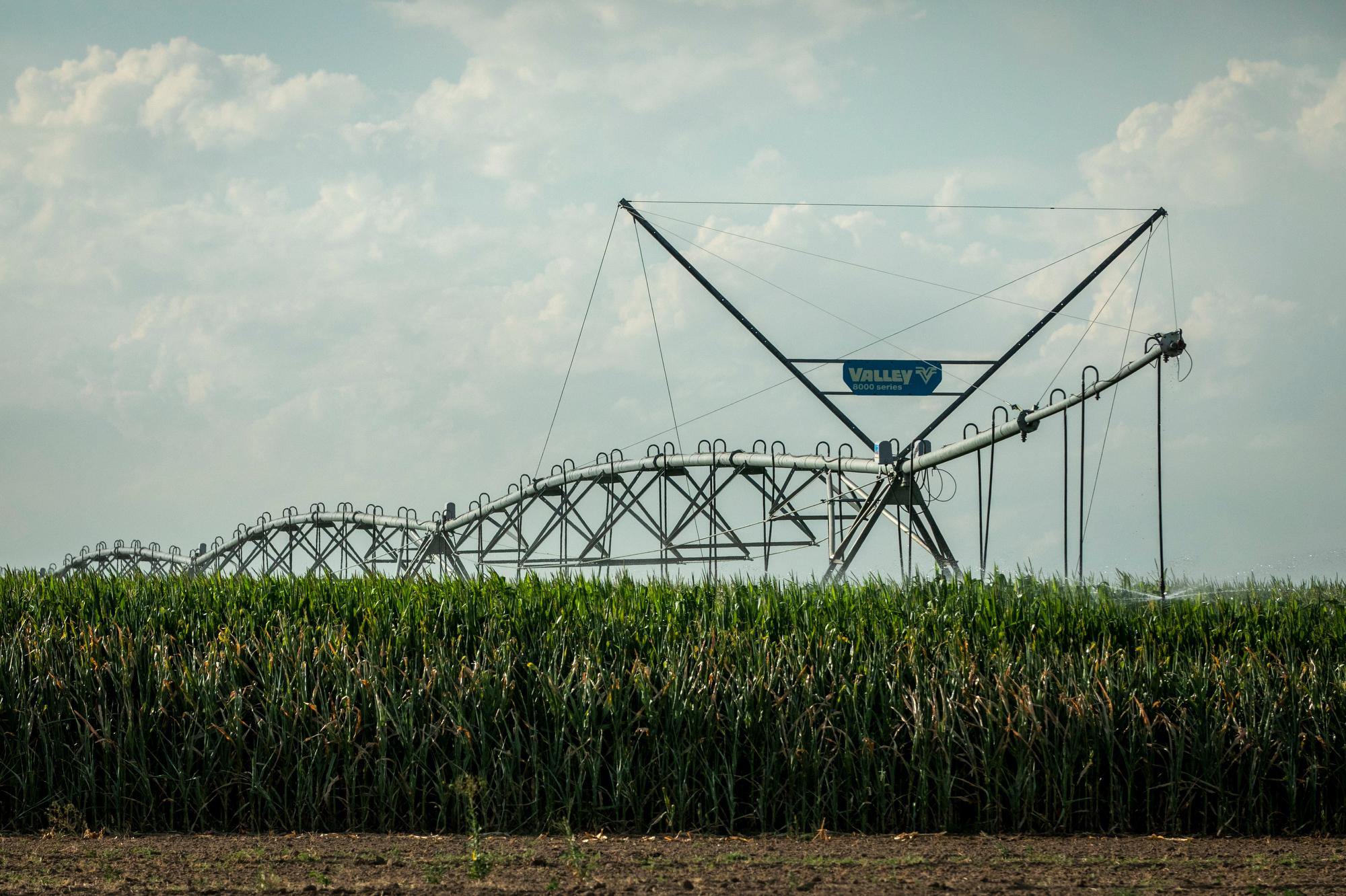
Heatwaves, insect infestation, extreme precipitation and drought. These are just a few ways climate change is already impacting the livelihoods of farmers and ranchers across the country.
That's according to a new U.S. Department of Agriculture report that looks at these and other indicators of climate change in order to help give stakeholders and researchers a better overall picture of its effects on food production.
The report is co-authored by Peter Backlund, associate director of Colorado State University's School of Global Environmental Sustainability. The information can help land managers make choices around adaptation, he said.
"We're not trying to tell people here's how you should adapt," Backlund said. "We're saying if you want to understand what's happening to your farm, here are data streams that are probably available where you are that you can look at that will help provide a picture."
He added that it's not just about direct effects, like changing temperatures and rainfall, but also how an operation might already be responding. As an example, Backlund pointed to pesticides.
"[The climate] is making the environment for weeds, pathogens and insects much friendlier, and their range is expanding as the climate warms," he said. "As a response to that, pesticide use tends to rise because of this threat."
Instead of focusing on future scenarios, Backlund said the report "starts from the premise that climate change is happening."
It includes one Colorado study that found dairy cows produced less milk as they experienced increased heat stress. Their fertility rate also dropped.
The following 20 climate-indicators offer ways for farmers and ranchers to measure the impacts on their own operation.
- Physical Indicators: Extreme precipitation; soil moisture; nighttime air temperatures; heat waves; humidity
- Biological Indicators: Weed range and infestation intensity; insect infestation; crop pathogens; pesticide use
- Crop and Livestock Indicators: Animal heat stress; crop-growth region migration; leaf wetness duration
- Phenological Indicators: Timing of budbreak in fruit trees; pollinators and pollinator management; winter chill units; insect generations per season; disease vectors in livestock
- Socioeconomic Indicators: Crop insurance payments; total factor productivity; heat-related mortality of agricultural workers
Backlund hopes farmers and ranchers will be open to the report's climate message through its problem-solving approach.
"I think it provides more common ground for the scientists and the affected communities to come together," he said.








